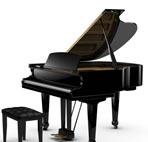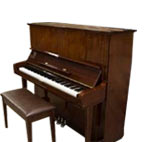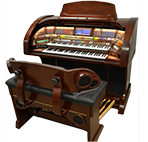Teaching piano begins with learning, playing, knowing, and loving the piano and the music it can produce. Equally, teaching piano begins with learning about, playing with, knowing, and loving people.
A piano teacher doesn’t necessarily need to be a concert pianist, but they must have some good ideas about how to become one, how to master the instrument and the music. Then, the teacher must appreciate and enjoy the challenges involved with sharing these ideas in ways which help others understand and grow toward learning to play and love the instrument and its music.
“I don’t want to be a concert pianist…” or “I don’t expect my child to be a concert pianist…” are the two most common prefaces to discussions I’ve had with prospective piano students, usually followed by, “I just want to learn how to play.”
Well, the moment a person takes action towards learning how to play the piano, they step onto the same path that every pianist has walked, concert pianist and non-concert pianist alike. It’s a long, winding path, with countless byways and detours along the way. No two people follow the exact same path and everybody starts at a different place on the path, bringing their own set of experiences, character traits, and abilities.
This perspective is an incredibly important one for both the piano teacher and the student. It allows the teacher to approach lessons with the understanding that though every student needs the same basic knowledge and skill development, not every student will respond the same and, even more, every student needs to follow their own musical desires and learn at their own pace. Indeed the pace and progression of learning will be different for every single person.
Ultimately, the products of this understanding are of utmost importance to piano teachers and their students: patience and persistence. Patience and persistence are at the heart of teaching piano and of learning piano. Both are necessary for success at every level, with every detail, big and small.










